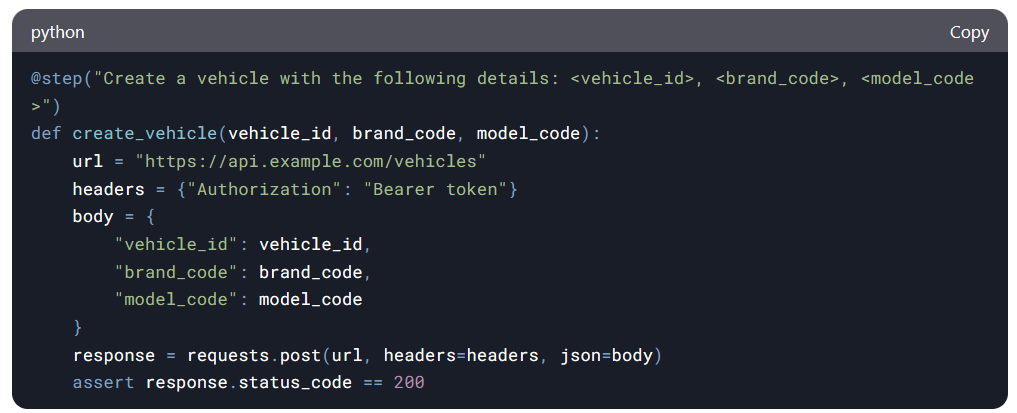


During the 2024 ALTEN International Tech Week, a series of events under the theme "Automation Across Borders," one notable session titled " Behavior Driven Development in Software Test Automation" attracted widespread attention. This seminar, led by Roopa Rajanna, a Senior Engineer at ALTEN Germany, provided a comprehensive explanation of the innovative practices of Behavior-Driven Development (BDD) in the field of test automation.
Introduction
Behavior Driven Development (BDD) is an agile development methodology that combines Test Driven Development (TDD) and Acceptance Test Driven Development (ATDD). It focuses on defining the behavior of software through simple business statements, ensuring that all stakeholders, including developers, testers, and business analysts, have a clear understanding of the requirements. This article explores the principles of BDD, its relevance in software test automation, and how it can be implemented using tools like Gauge and Cucumber.
Evolution of Software Testing
Software testing has evolved significantly over the years. Initially, manual testing was the norm, where testers would manually execute test cases to verify the software"s behaviors. This was followed by the advent of automation testing, where scripts were written to automate repetitive test cases, improving test coverage, consistency, and efficiency.
Today, the industry is moving towards AI-powered automation testing, where AI tools adapt to changes in the software, reducing the need for manual updates to test scripts. However, BDD remains a crucial methodology in this evolving landscape, particularly for ensuring clear communication and collaboration between technical and non-technical teams.
What is Behavior Driven Development?
BDD is a process where the behavior of the software is defined during the requirement phase using simple, business-readable language. This approach involves testers early in the development cycle, ensuring that the expected behavior of the software is well-understood by all parties. The behavior is documented in scenarios written in Gherkin language, which follows a "Given-When-Then" structure:
Given:The initial context or preconditions.
When: The action or event that triggers the behavior.
Then:The expected outcome or result.
This structure ensures that the behavior of the software is clearly defined and easily understandable by both technical and non-technical stakeholders.
Advantages of BDD in Test Automation
01 Simplified Code
BDD simplifies the process of writing test scripts by using plain English statements. This makes the code more readable and accessible to non-programmers.
02 Improved Collaboration
By involving testers and business analysts in the requirement definition phase, BDD fosters better communication and collaboration between teams.
03 Enhanced Test Coverage
BDD encourages the definition of behavior in the smallest possible units, leading to more comprehensive test coverage.
04 Reduced Costs
Early identification of bugs and clearer requirements reduce the overall cost of development and testing.
05 Faster Delivery
With testers involved throughout the development process, testing can begin as soon as the software is ready, leading to faster product delivery.
Implementing BDD with Gauge and Python
One of the popular tools for implementing BDD in test automation is Gauge, which can be used with programming languages like Python or Java. Below is an example of how a simple test script can be written using Gauge and Python:
Example | Testing Vehicle Creation in an Automotive Software
01 Precondition
Define the initial setup required for the test. For example, creating a basic entity of a vehicle in the database.

02 Test Case
Create a vehicle and verify its creation in the database.

03 Verification
Verify that the vehicle data matches the expected values.

Limitations of BDD
While BDD offers numerous advantages, it also has some limitations:
01 Complex Requirements
Not all software requirements can be easily defined in the Gherkin format. Some scenarios may require more complex definitions, which can be challenging to implement in BDD.
02 Time-Consuming
Writing detailed behavior scenarios can be time-consuming, especially for large and complex systems.
03 Learning Curve
Teams new to BDD may face a learning curve in understanding and effectively implementing the methodology.
Conclusion
Behavior Driven Development is a powerful methodology for improving collaboration, test coverage, and overall software quality. By defining the behavior of the software in simple, business-readable language, BDD ensures that all stakeholders have a clear understanding of the requirements. Tools like Gauge and Cucumber make it easier to implement BDD in test automation, allowing teams to write clear and maintainable test scripts.
As the software industry continues to evolve, BDD will remain a valuable approach for ensuring that software meets both technical and business requirements. While it has its challenges, the benefits of improved communication, reduced costs, and faster delivery make BDD a worthwhile investment for any software development team.